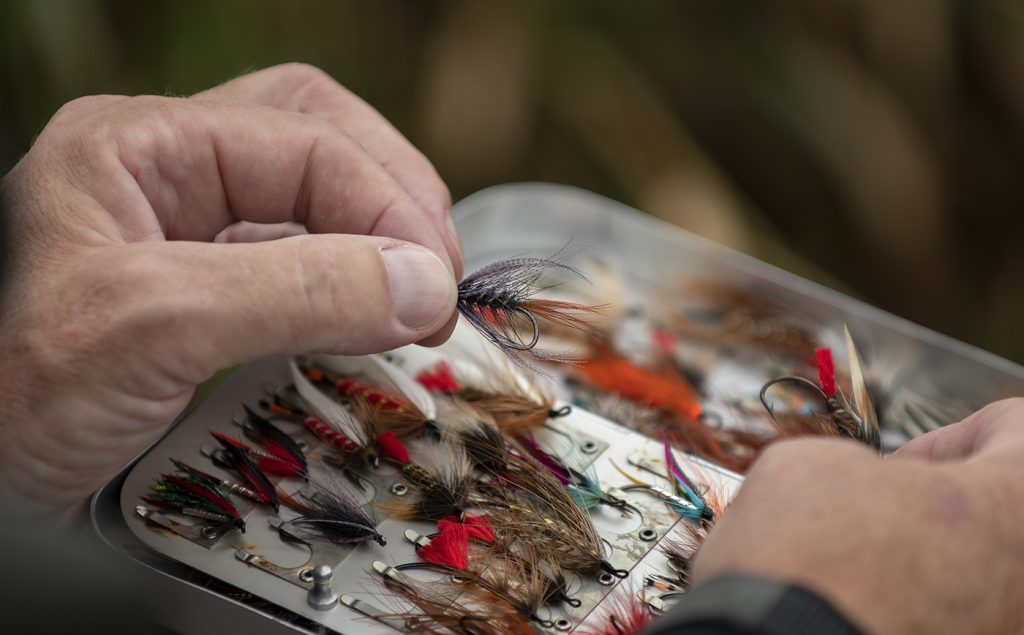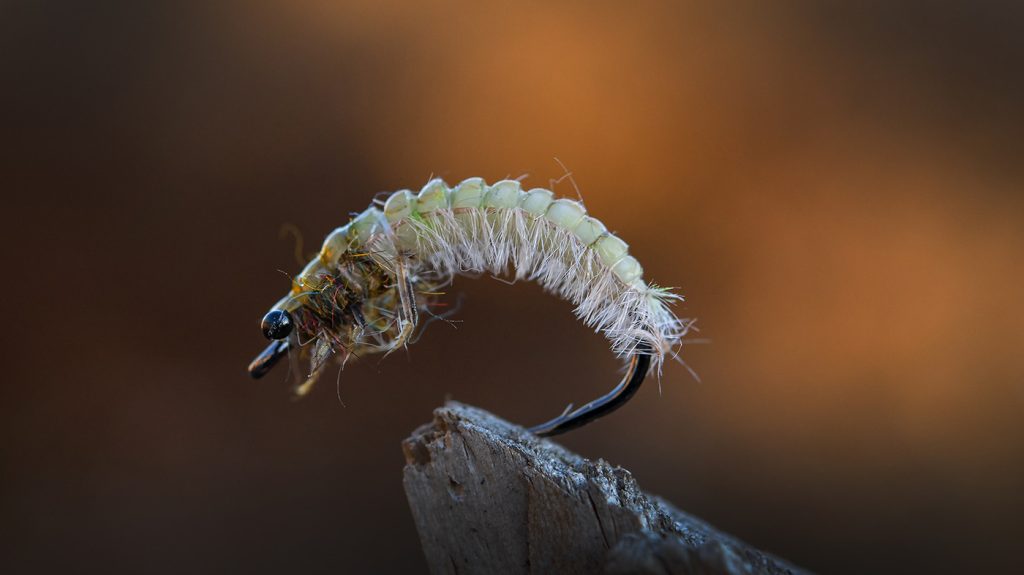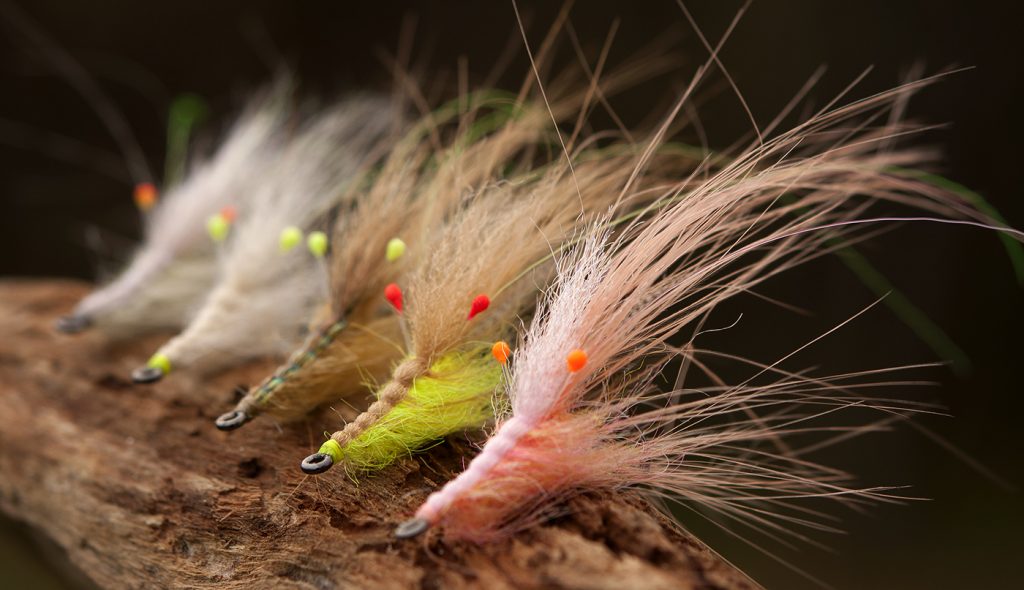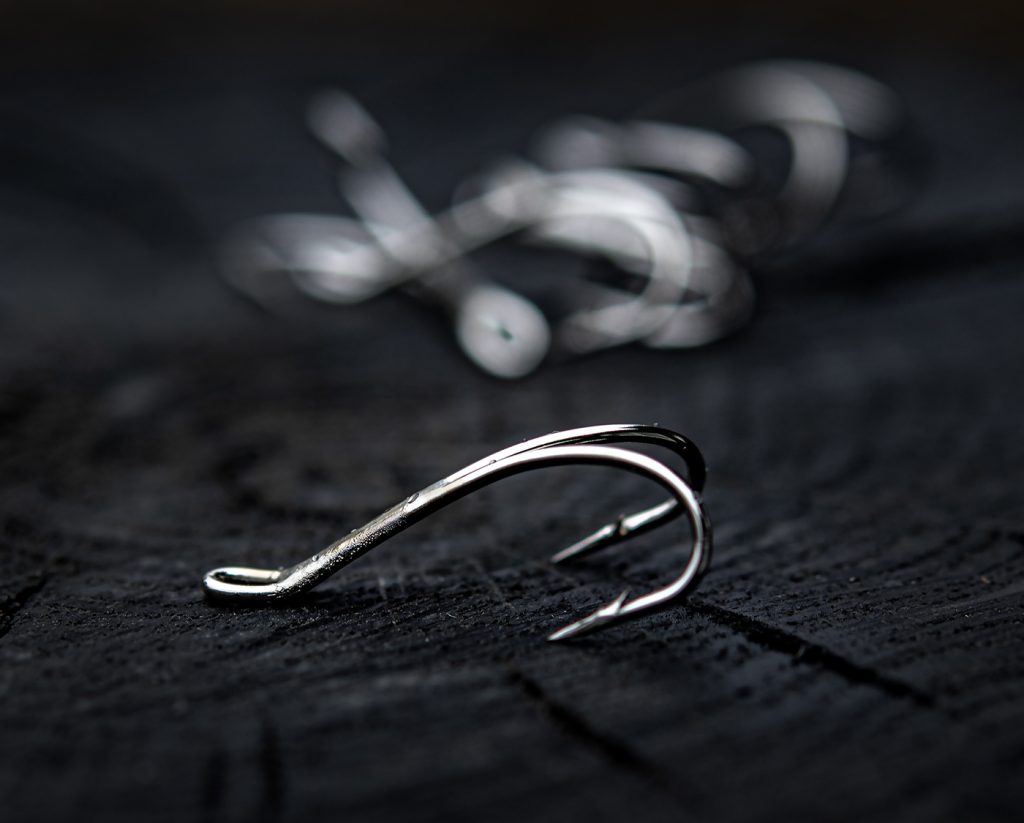
There are plenty of subjects that flyfishers can discuss at length over the campfire at night. Some of them will likely even cause animated exchanges of words, in all friendliness. Rod actions, reels (from the need of a brake and upwards), lines, leaders, knots and at the business end, flies and not least the colour of them.

It’s impossible to know in any certain terms what has the most impact in triggering the strike reflex of any fish. Speed of retrieve/swing, size, colour, leader thickness and countless other factors. Colour was certainly a focus point very early on in the history of fly tying and to me, there’s little doubt that it does indeed make a difference (sometimes). As far back as the late 1700s, where some of the first reliable and varied accounts of different dressings are preserved, it’s obvious that there are conscious choices made both regarding colour of body (often just the thread at this point) and hackles, which are probably chosen both for colouring and properties.
If we jump forward to 1886, where printed books were far more common and accessible to most people, we find Frederick M. Halford’s book, “Floating Flies and how to dress them”. It’s quite an interesting book, but within this subject, mainly because Halford details how George S. Maryatt and himself spent a great deal of time developing methods for dyeing materials to precisely match the colours of the naturals they were trying to imitate. He even went as far as to persuade a company producing dyes to develop a set based on his colours.
There are basically two ways to work with colours when it comes to fishing for predatory fish, especially for wet flies. Fishing an imitation of prey or a fly mainly to provoke a strike. A good example of a combination is the infamous Pattegrisen. Very early on general traits of baitfish and other types of prey were transferred to flies. Silver tinsel bodies on streamers, red hackles to imitate gills, combinations of hair to give the overall fly a colour palette as close to the natural as possible.

Imitation is one thing and it’s hard to argue when a fly looks like the natural it’s meant to imitate. Something completely different is flies for salmon and sea trout when they enter the rivers. To a very large degree, salmon stop eating and sea trout, but to a slightly lesser degree. In early spring they can enter the rivers to feed and then fall back to sea again, but once they swim upstream to spawn, they cease eating too. And this is where debates can be heated. Do you fish a fly to match the colour of the stream and surroundings, so they fly can sneak up on the fish, giving it very little time to “think” (or perhaps better put, suppress the strike instinct). Or do you fish a highly visible fly with maximum contrast or highly visible colours to make sure the fish sees it?

And then there’s the matter of fluorescence in flies, which surfaced again in Denmark about 10 years ago. Claus Eriksen, originator of Pattegrisen, director of Go Fishing and scourge of the sea trout, began to work with fluorescent materials in his flies. Not excessively, but with good measure. Claus often fishes two flies on his leader and he’s conducted trials that do indicate that sea trout actually choose flies with fluorescent materials over flies without. Claus fished identical flies, but one with fluorescent materials in it and the vast majority of sea trout took the fluorescent one, regardless of the fly being on the dropper or point. What’s hard to determine then, is whether it makes a difference with one fly on the leader?

And then in many cases, it certainly makes absolutely no difference to anyone else but the one tying on the fly. And the’s important enough. In the era of the classical salmon fly there was obviously a great belief in colours and details. Why else put the macaw horns on a Jock Scott or bother with the difficult little, red Indian Crow feather in the tail of a Durham Ranger? And still today on many, modern patterns details are incorporated that make no difference to the effectiveness of the fly, but we like them.

And at Ahrex, we love details too, so obviously we offer our HR420 – Progressive Double in both black nickel and gold, the HR428 Tying Double in black nickel, gold and silver. Just because it suits different patterns well.
Does it all matter? We don’t have the answer, but we enjoy the details. Personally I’m certain it matters every now and then, most often in combination with other factors.

